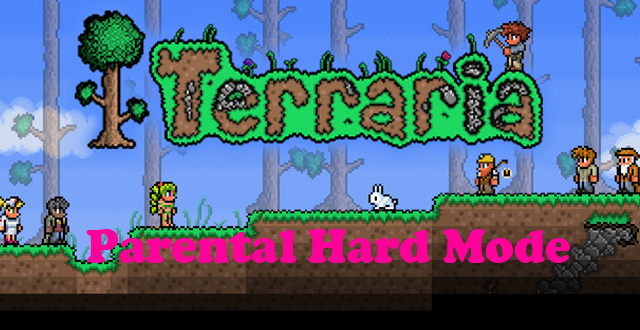I’ve written about games and stories and the connection between game studies and literary studies in the past, but after continuing to watch Westworld, I find myself coming back to this network of relationships, this interplay between game and story. Because something that Westworld has brought to mind for me lately is the manner in which games can and do influence other forms of storytelling and the manner in which this influence broadens our understanding of the significance of video game narratives.
This line of interrogation also seems to drive Kawika Guillermo’s discussion of stories inspired by video games, in which he highlights the ways that video games (like other mass culture texts) are often delegitimized as a source of inspiration for other storytelling forms: “Historically, writers have always had to hide their less-respected influences…Right now, in an age where literature has replaced the sacred, to say that one’s main source of inspiration comes from video games has a heretical imprint.” But Guillermo argues that such delegitimization is a limited view of games as narrative inspiration, and he does so by specifically talking about the idea of ekphrasis—which he defines as “the art of representing something visual (like a painting, sculpture or photograph) using only words”—and the ways games, too, make use of ekphrasis:
Stories inspired from video games can too be a form of ekphrastic art. To use a term akin to Machinima (machine cinema), they are a form of machphrasis: prose inspired by the machinations of video games, their universes, their puzzles, their social and physical systems of logic, their rules and boundaries, and their emotional resonances…[T]he task of machphrasis is not to showcase the beauty of an art object, but to capture the range of unique experiences of gameplay, experiences that broach into news ways of seeing and appreciating the ‘machinations’ of the outside world.
In other words, Guillermo sees this machphrasis, this capturing of the unique experiences of gameplay and the ways it allows us to see and appreciate and reflect on the outside world, as something that allows games to pursue “lines of inquiry about how the emotions one feels while playing translate into the physical world…Machphrastic stories de-center the player from the game world.”
Perhaps this decentering, which results in these “lines of inquiry” that Guillermo discusses, manifests itself in the ways we play games, too—and perhaps this decentering occurs, in part, through the need to fill in the gaps of the narratives we experience through our gameplay. Indeed, Heather Alexandra argues, “I don’t think the entire experience of playing a game is found entirely in, well gameplay. While a majority of our focus rests in the moment to moment tactical decisions that we can carry in a game (‘Do I shoot this barrel or do I shoot this dude?’), I think an important process happens offscreen as well in our imaginations.” And Alexandra argues that this offscreen process “forces you to come up with a story in your mind and ascribe meaning to your journey and to the space. The filling in of narrative gaps is entirely in your mind. This process is not adjacent to play; it is an essential part of play itself.” And, indeed, this essential nature causes Alexandra to ask, “In what ways do we we [sic] provide context by filling in narrative gaps and fully manage to immerse ourselves in game worlds?”
The immersive significance of these narrative gaps is something that Alexis Kennedy also explores in her discussion of the “gutter,” or the “space between comic panels,” and the fact that “an awful lot happens in that space—often as much as happens in the actual panels. But the artist doesn’t have to draw it. They imply it, and then they leave it up to you to make it happen, behind your eyes rather than in front of them.” And Kennedy connects these spaces, these gutters, to video games and the manner in which games also make use of such gaps:
Games have more open spaces than either film or comics. Players come to things at their own pace and in their own order. Even in a linear theme-park-ride FPS, you’re going to have a very different experience if you’re running low on health or ammo. In more open, mechanics-driven games, scripted experience exists as chunks suspended in the larger game space, like floating islands on a prog rock album cover. The space between the islands is our equivalent of Scott McCloud’s gutter. That space is where our imaginations can get to work.
And, for Kennedy, the ways in which these open spaces in games necessitate player engagement and construction of narrative is what matters, for “[w]here there are gutters and gaps and shadows, there’s the opportunity for player imagination.”
Perhaps these gutters, then, these spaces that require player imagination, converse with Guillermo’s discussion of machphrasis—for perhaps the effort needed to fill in these gaps is one player experience located in, to reiterate Guillermo’s phrasing, “the range of unique experiences of gameplay, experiences that broach into news ways of seeing and appreciating the ‘machinations’ of the outside world.” And as both Guillermo and Kennedy emphasize through their respective discussions of literature and comics, such narrative strategies do not solely exist in the development of video games but in the development of a variety of storytelling forms. But as Alexandra argues, what such strategies do for players when exploring a gameworld is to make “discoveries [that] will ground [them] in the game.” And these discoveries allow us to appreciate more fully not just the worlds of the games we play but the social context in which games and stories are located as well.




